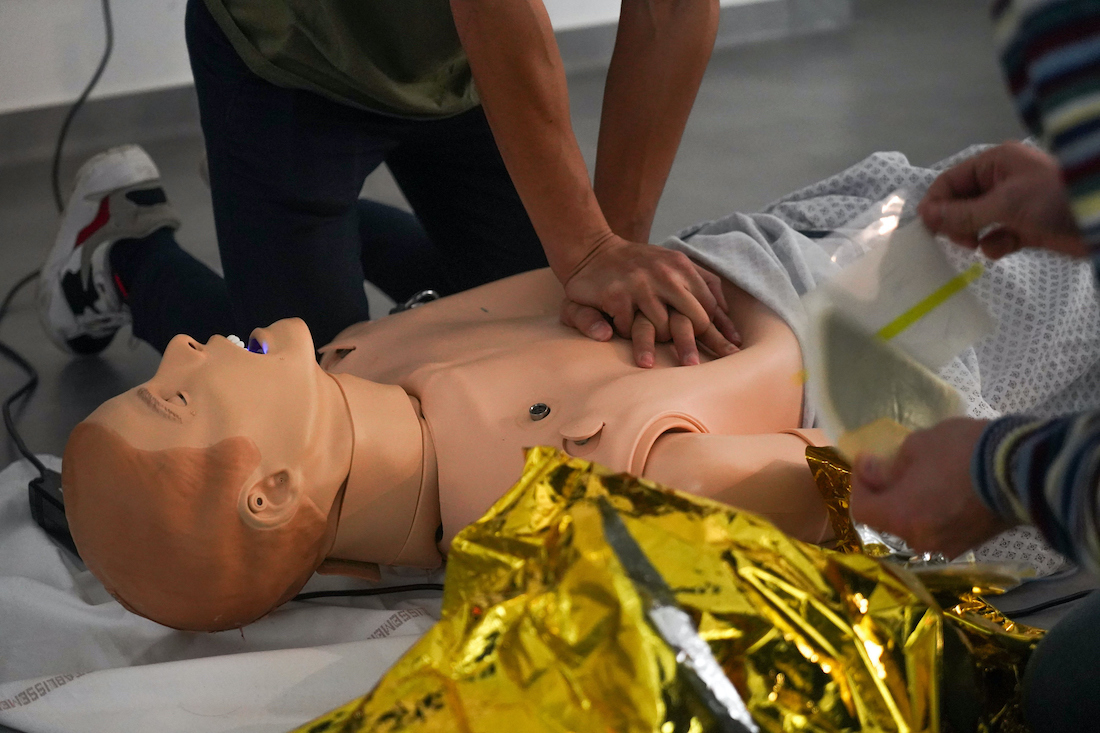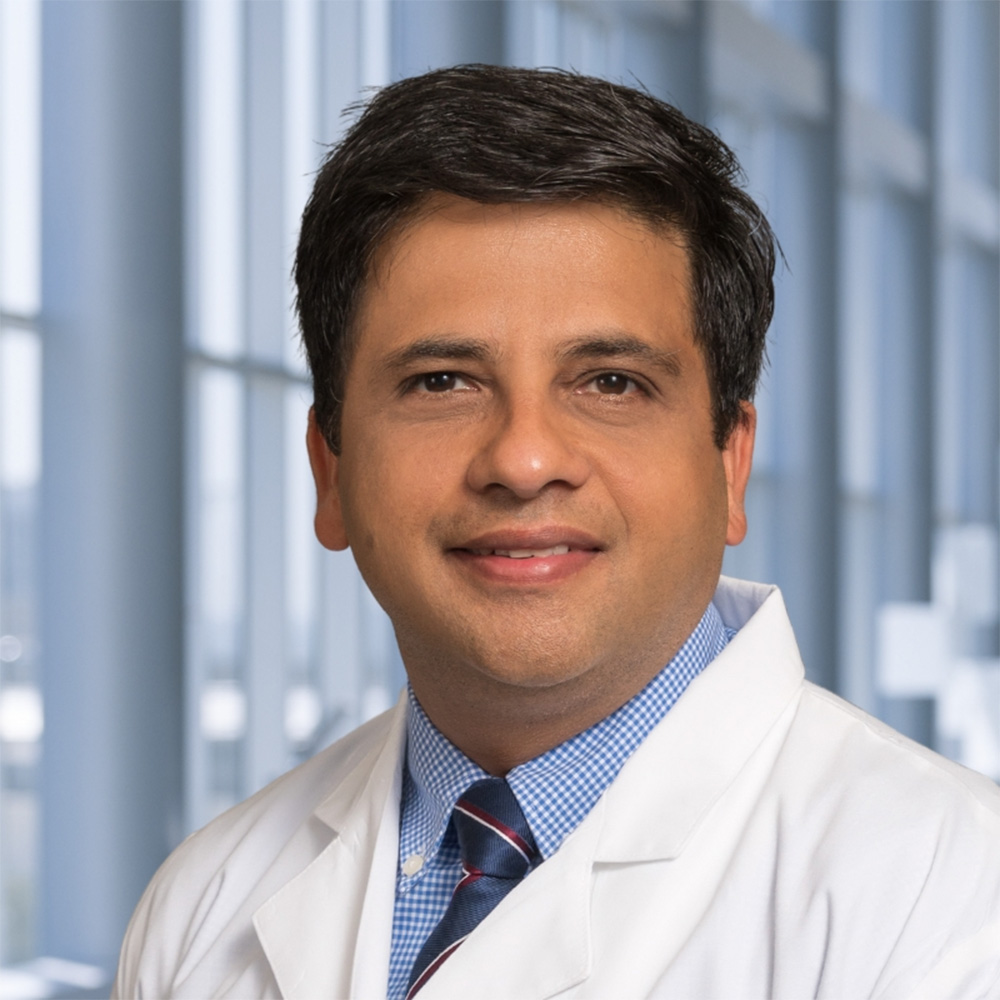EMS training on key skills improves heart attack survival
Agencies with highest survival rates regularly use simulation exercises, CPR feedback devices, study co-led by UT Southwestern researcher finds

DALLAS – Aug. 05, 2024 – Emergency medical services (EMS) agencies that adopt four or more critical best practices have higher rates of survival among cardiac arrest patients than their peers, a nationwide study co-led by a UT Southwestern Medical Center researcher found. The study, published in JAMA Cardiology, identified seven key practices related to simulation training, cardiopulmonary resuscitation, and transport that were associated with favorable neurological survival for out-of-hospital cardiac arrest (OHCA).

“EMS agencies play a vital role in pre-hospital care for cardiac arrest patients, but survival rates vary widely across the U.S.,” said corresponding author Saket Girotra, M.D., Associate Professor of Internal Medicine in the Division of Cardiology at UT Southwestern. “Our goal was to identify the EMS practices most strongly associated with better neurological survival. We also wanted to understand how high-performing EMS agencies organize and deliver cardiac arrest care in their communities.”
Researchers collected data from the Cardiac Arrest Registry to Enhance Survival, reviewing 470 EMS agencies across the country with 10 or more OHCAs a year between January 2015 and December 2019. Risk-standardized rates of favorable neurological survival for OHCA at each EMS agency were estimated using multivariable hierarchical regression modeling, which ranged from 1.8% to 14.8%. Agencies in the top quartile had a median favorable neurological survival rate that was double that of the agencies in the lowest quartile (12% vs. 6%). Researchers then used linear regression to identify EMS practices associated with favorable neurological survival.
Their findings showed that EMS agencies with higher survival rates were more likely to use simulation to assess cardiopulmonary resuscitation (CPR) competency; perform frequent reassessment of CPR competency in new staff; use full multiperson scenario simulation for ongoing skills training; perform simulation training at least every six months; and conduct training in the use of mechanical CPR devices at least once a year.
They were also more likely to use CPR feedback devices, which provide real-time guidance on critical skills such as hand placement and compression depth during training and practice. In the field, high-performing EMS agencies were more likely to transport patients to a specialized cardiac arrest center, including those equipped to handle complete blockages of a patient’s main artery.
“Adoption of four or more of these seven practices was more common at EMS agencies in the highest quartile of favorable neurological survival rates versus the lowest quartile,” Dr. Girotra said. “The findings demonstrate that frequent and detailed training, resuscitation management in the field, and transport decisions play a major role in OHCA survival rates. Identifying these elements is an important step in developing strategies to improve cardiac arrest survival and reducing disparities in care across the country.”
In the study’s next phase, researchers are conducting in-person site visits to 12 EMS agencies, including eight that rank in the highest quartile of survival and several that operate in majority Black or Hispanic communities. The visits include interviews with a wide range of stakeholders, including EMS leaders, medical directors, education and training supervisors, paramedics, and others.
“We’re confident that this next phase will continue to provide important insights regarding best practices for improving cardiac arrest care,” Dr. Girotra said. “We will also be able to assess how some EMS agencies are overcoming structural barriers toward providing pre-hospital care to vulnerable communities.”
The study was funded by the National Heart, Blood, and Lung Institute (NHLBI) (R01HL160734). In addition, Dr. Girotra was supported by NHLBI grants R01HL166305 and R56HL158803.
About UT Southwestern Medical Center
UT Southwestern, one of the nation’s premier academic medical centers, integrates pioneering biomedical research with exceptional clinical care and education. The institution’s faculty members have received six Nobel Prizes and include 25 members of the National Academy of Sciences, 21 members of the National Academy of Medicine, and 14 Howard Hughes Medical Institute Investigators. The full-time faculty of more than 3,200 is responsible for groundbreaking medical advances and is committed to translating science-driven research quickly to new clinical treatments. UT Southwestern physicians provide care in more than 80 specialties to more than 120,000 hospitalized patients, more than 360,000 emergency room cases, and oversee nearly 5 million outpatient visits a year.
